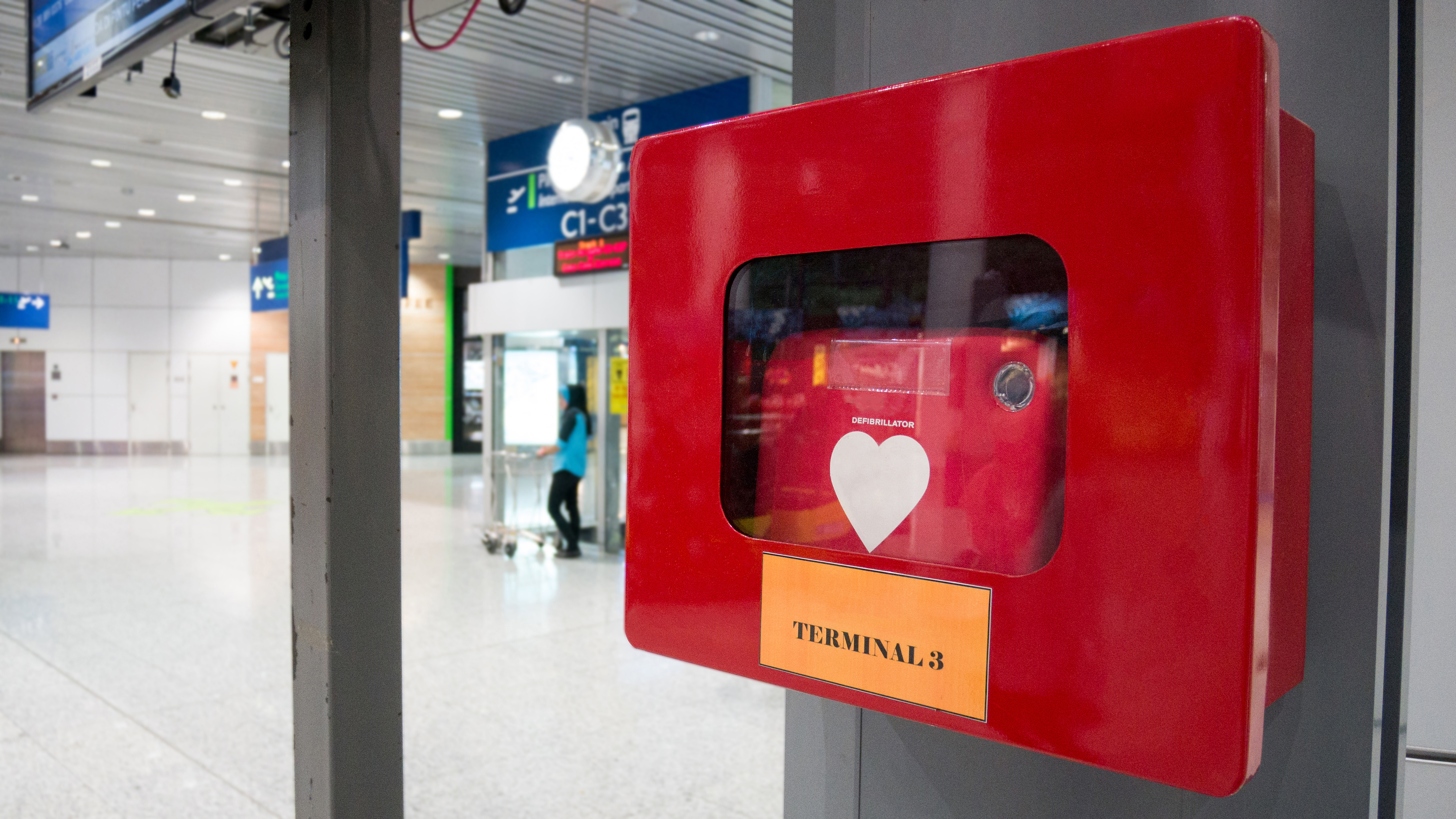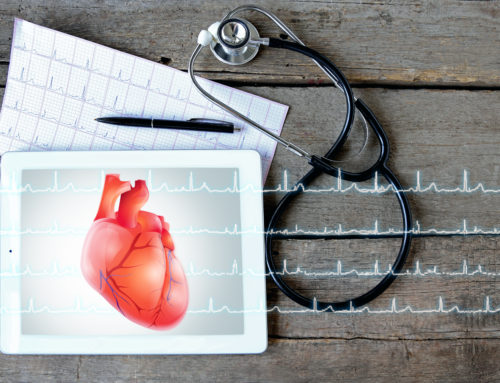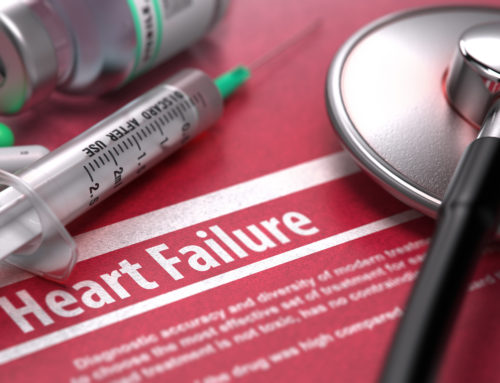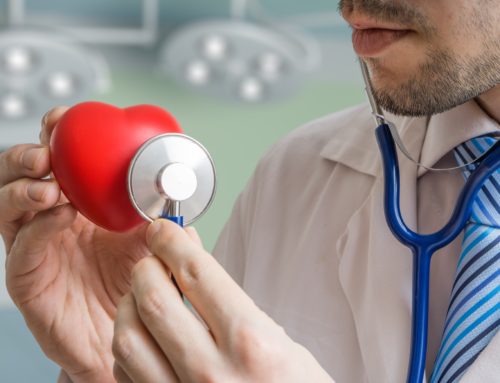A study led the University of Warwick has suggested that people are reluctant to use public access defibrillators to treat cardiac arrests.
The analysis of existing international studies, which has been published in the European Heart Journal, has indicated that there are a number of factors that prevent members of the public from using them and potentially saving lives.
The researchers’ study suggests that many members of the public don’t know what an automated external defibrillator (AED) is, where to find one, and how to use one. This is despite AEDs being suitable for use by untrained members of the public. Although studies suggest there is variation across the studies they analysed in the number of people willing to use an AED a lack of confidence and fear of harm are common themes.
The research, ‘Barriers and Facilitators to Public Access Defibrillation in Out-of-Hospital Cardiac Arrest: A Systematic Review’, was conducted by Warwick Medical School, the University of Warwick; the Institute of Digital Healthcare, WMG, the University of Warwick; Heart of England NHS Trust, Birmingham; London Ambulance Service NHS Trust, and Imperial College Neurotrauma Centre, St Mary’s Hospital, London.
Gavin Perkins, Professor in Critical Care Medicine at Warwick Medical School, explained, ‘Public access defibrillation is very effective in certain cases of cardiac arrest outside of hospital.
‘A study conducted in America showed that the chance of survival was nearly double in the group that received CPR and were treated with a public access defibrillator compared to the group that received CPR alone. However the number of cases when a public access defibrillator is used is very low – just 0.15 to 4.3 per cent of cardiac arrests that occur outside of hospitals.’
Although only a minority of out-of-hospital cardiac arrests occur in locations where use of a defibrillator would help save a life, AEDs are often poorly accessible or have limited availability; often their location is not known to even emergency services or those running training schemes. They also found that although members of the public saw the value of AED training most hadn’t undergone training.
Theo Arvanitis, Professor of e-Health Innovation and Head of Research at the Institute of Digital Healthcare, WMG, at the University of Warwick, said, ‘Investment in more AEDs is great but it’s at least as important to maximise use of existing defibrillators.
‘Many cardiac arrests that happen in public occur out of ‘normal business hours’ therefore if an AED is kept in a building there is a good chance the building won’t be accessible.
‘We would also like to see the message put out that these devices can be used without training. However, our study found that those with training were more likely to use an AED so training is important too.’







